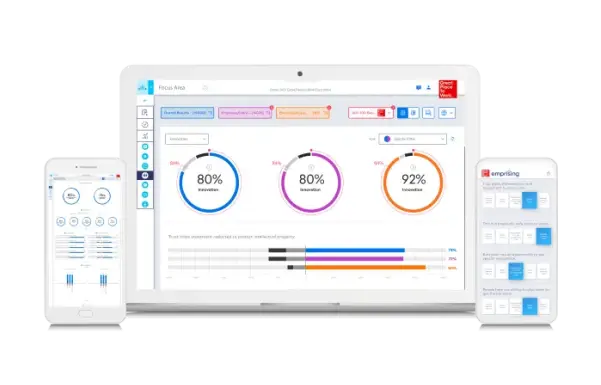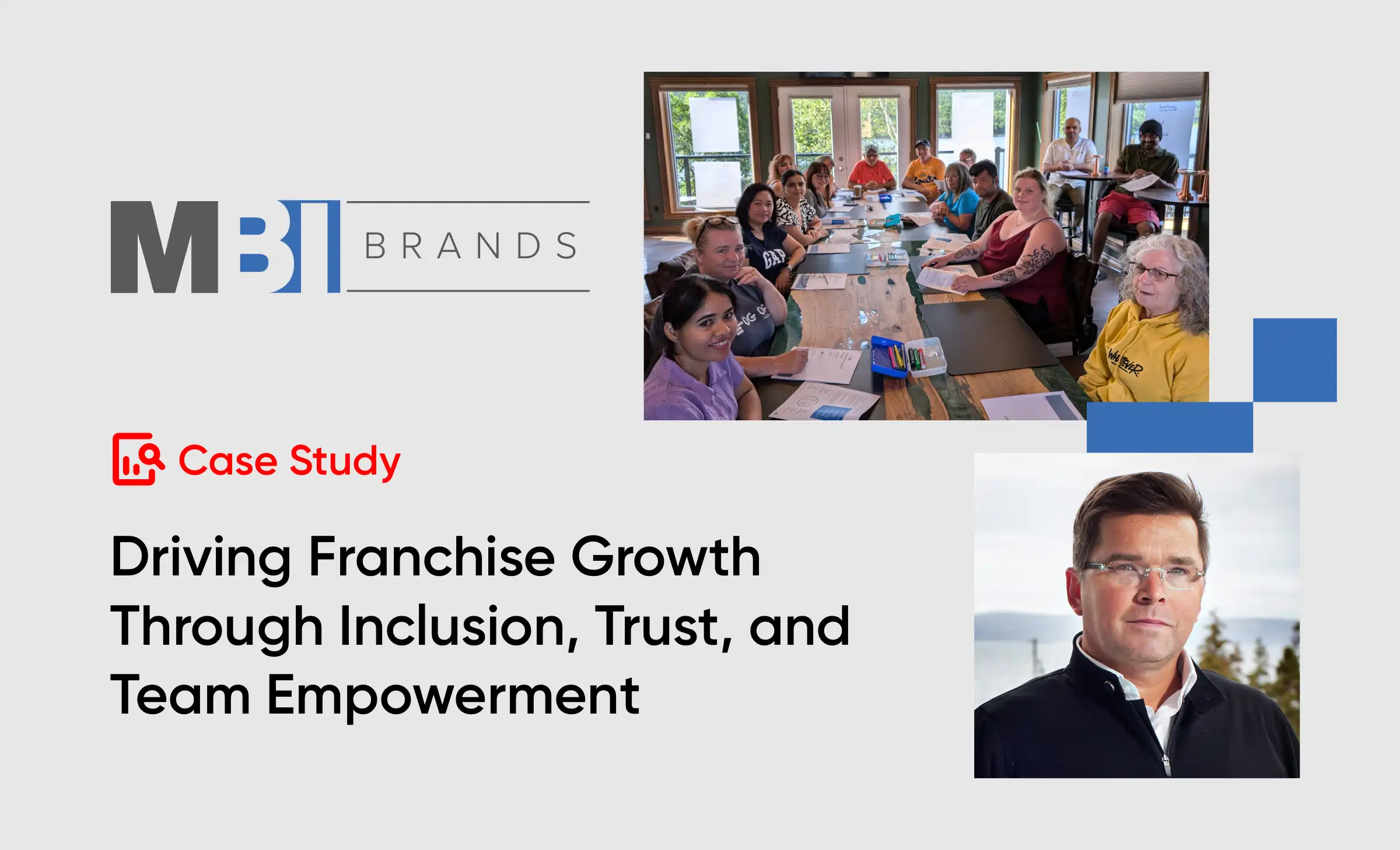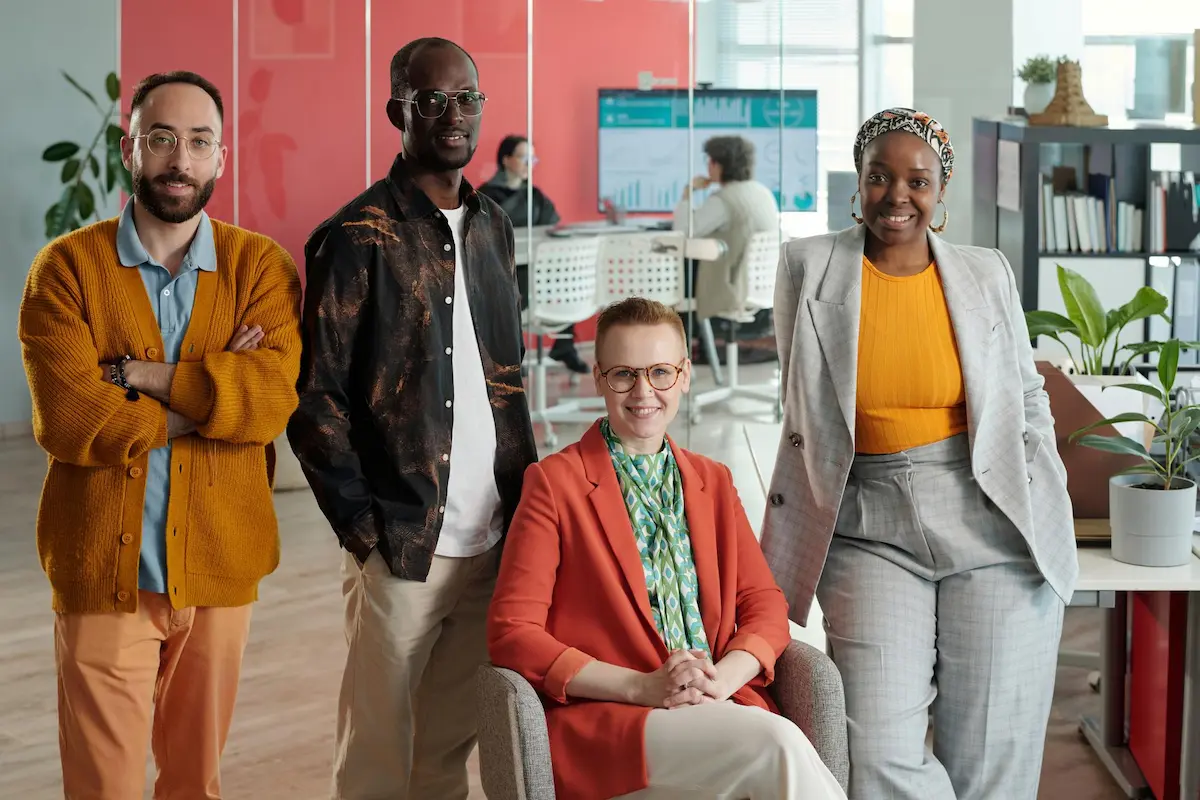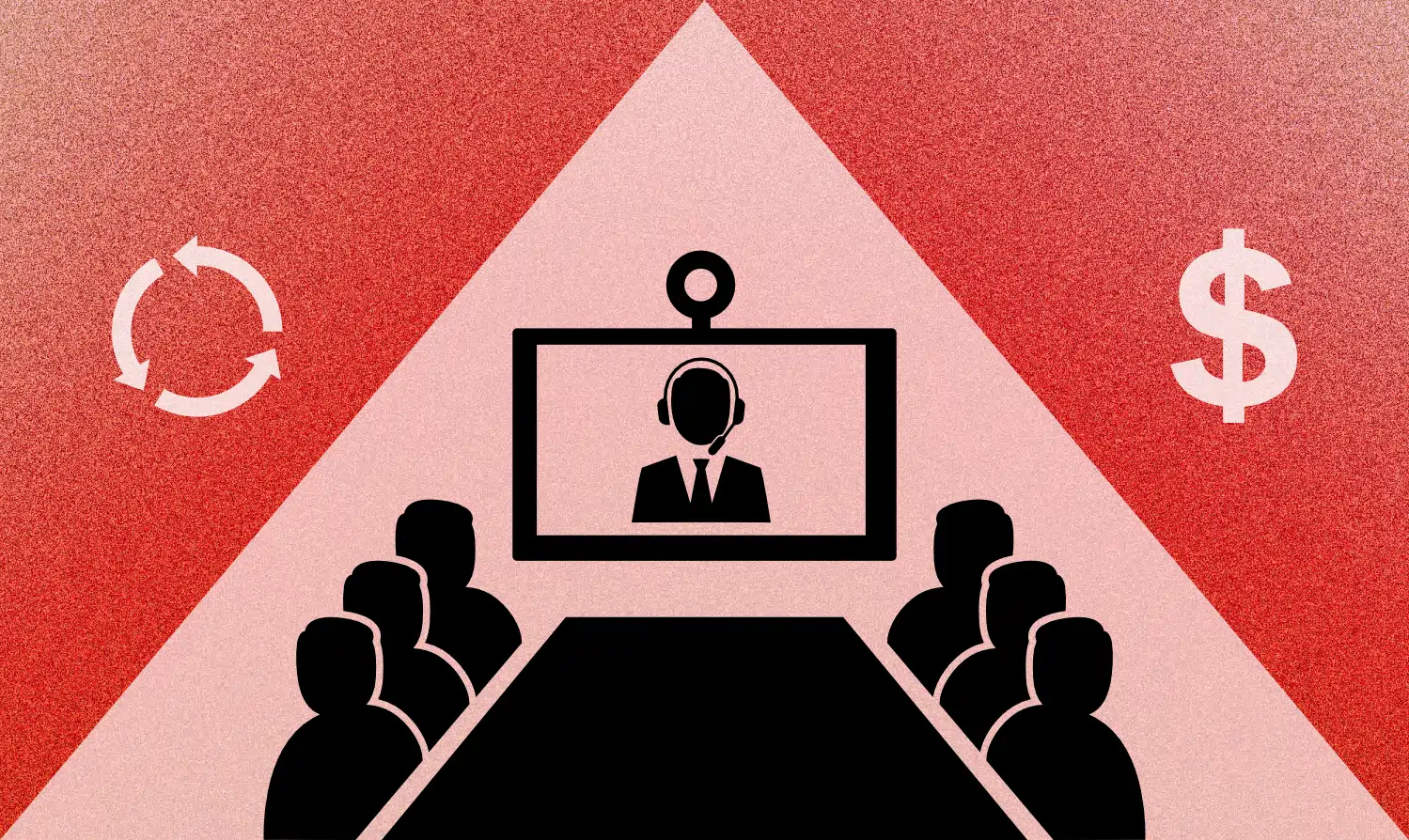Companies must work toward creating a great place to work — for all.
Nike just did it. So have a growing number of technology companies. And what they’ve done — publish employee diversity numbers — is the critical first step toward transparency and a commitment to creating a more inclusive, innovative, and high-performing business.
But there’s still much more to do.
Demographic statistics alone will tell us something about the state of these efforts, but they don’t tell us how different populations within an organization truly experience a company’s culture. And this is critical for improving business results and for tapping the talents of diverse individuals — and, ultimately, for building a better society. More and more, companies of all sizes face a business imperative to create a Great Place to Work For All — for all people regardless of race, sex, sexual orientation, disability, geography, or job level.
Nike NKE -0.70% made headlines last week by announcing that a majority of its U.S. workforce is now made up of racial and ethnic minorities. Workers who identify as non-white comprise just over 50% of Nike’s 32,000 U.S. employees. The company also disclosed that women represent 48% of its global workforce.
Nike is one of a handful of companies that in recent years have revealed diversity stats, with an even smaller number of companies also sharing information about gaps in pay between genders or between different ethnic groups. Some companies, especially in the white, male-dominated tech world, have paired the disclosures with pledges to increase the representation of ethnic minorities and shrink those pay gaps.
Taking it a bold step further, Salesforce CEO Marc Benioff made good on his commitment to gender equity at his software firm by reviewing the salaries of every Salesforce employee and making $3 million in adjustments for women.
The focus on diversity, inclusiveness, and fairness isn’t just for social good. A growing mound of evidence, including arecent study by McKinsey, demonstrates that diverse teams lead to better performance and innovation in business.
But as some observers have rightly noted, important information often is missing from the recent diversity disclosures. There have been calls for data on how quickly minorities rise up through organizations, as well as how long they tend to remain at their company.
These suggestions are headed in the right direction. But we believe a broader measurement still is missing from the discussion: the extent to which ethnic minorities, women, and other groups of people experience the organization’s culture in the same way as others.
We have been exploring issues around high-trust, high-performing cultures for 25-plus years and recently increased our focus on inclusion — publishing our inaugural 50 Best Workplaces for Diversity ranking last year. One thing we’ve noticed: no culture is perfect. Even at the Best Workplaces that we recognize for exceptional levels of trust, pride and camaraderie experienced by employees, there are gaps. Women report having a less-great experience at work than men. Or, frequently, front-line employees rate their workplace less positively than executives.
And these gaps make a difference. Our research indicates that the more consistently all people in an organization consider their workplace great, the more that company gets a leg up on rivals in areas including growth, retention and extra effort. The more employees of diverse backgrounds feel they can speak up and make honest mistakes — elements of a high-trust culture — the more likely innovation efforts are to succeed.
Having consistently great workplaces boils down to not wasting human potential. As a global society, we all need to recognize that every person counts. That all people deserve and can have a great experience at work. And that when they do, there’s a ripple effect—as those employees leave good days on the job to be better parents, community members, citizens.
That’s why we’ve started talking about how it’s time for a Great Place to Work For All. For every employee, at every company. For better business performance, for greater collective prosperity, and for a better society.
So thank you, Nike, for taking a big step toward greater transparency. Now let’s keep going.

Ed Frauenheim is Director of Research and Content at Great Place to Work. Ed provides insights into how Great Places to Work For All are better for business, better for people, and better for the world. He has spoken at more than 20 events, co-written two books and published articles in Fortune, Wired and the Seattle Times.






















